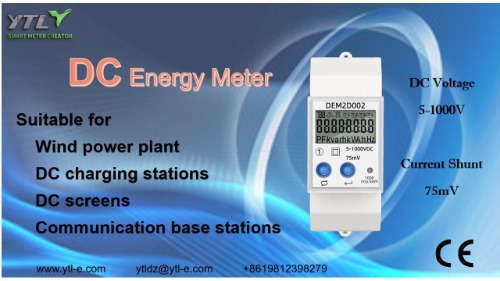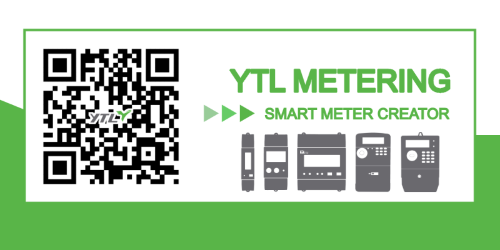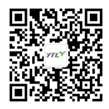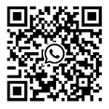Renewable energy meter , which refers to the power meter that measures the situation of renewable energy generation. Different types of renewable energy generation require different measurement products, so renewable energy meters need to be customized according to the specific application requirements. Renewable energy includes solar energy, hydro power, wind power, biomass energy, wave energy, tidal energy, ocean temperature difference energy, geothermal energy, etc. The main sources of power generation include hydroelectricity, solar energy, and wind power. Hydro power generation refers to large-scale projects such as hydroelectric power stations, which are directly connected to the grid and do not require special renewable energy meters in this power generation process.

Today, we will focus on the framework logic and application of renewable energy meters for solar power generation and wind power generation.
Wind energy refers to the energy carried by the wind, and its size is dependent on wind speed and air density. It is suitable for wind power generation in open plains, islands, coastal areas, etc. The power generated by small-scale wind turbines for household use is about AC 13V~25V. The technical requirements for measuring small-scale wind power generation with renewable energy meters are relatively low, but customization is still required. Our conventional meters operate at around 220V, but that's not applicable in this scenario. Therefore, renewable energy meters that are suitable for measuring low voltage need to be customized. Large-scale wind turbines generate AC power of 690V, which requires high voltage customized renewable energy meters.

The voltages of AC 13V~25V and AC 690V are not commonly used in everyday life, so they cannot be used directly. In addition, wind power generation produces unstable output due to fluctuations in wind speed. There is a consistent conversion and stable output process for converting wind power into household and industrial usage. The electrical energy generated by wind turbines needs to be rectified, stored in batteries, and then inverted and output as the 3*230/400V power supply needed for daily production and life. In distributed wind power generation, renewable energy meters that can measure in both directions are required.

Solar energy refers to the energy that is carried by the sun. The intensity and duration of sunlight determine the efficiency of solar power generation. Solar power generation is suitable for many environments and is easy to install with low investment, making it widely used in the field of renewable energy generation. The DC power directly generated by solar photovoltaic panels has a voltage of tens of volts. They are usually connected in series to output several hundred volts together. Depending on the requirements of the customer's measurement point location, renewable energy meters suitable for solar power generation - DC meters - are customized. Solar power generation is affected by changes in sunlight and weather throughout the day, resulting in fluctuations and instability. Conventional solutions typically involve using a battery backup system to maintain constant power output. The power is then converted into a 3*230/400V power supply, which is necessary for daily production and living needs, using an inverter. In distributed solar power generation, renewable energy meters that can measure in both directions are required.
Renewable energy meters are primarily used to measure and operate the power generation process of renewable energy, as well as to measure the terminal power for selling electricity. Different types of renewable energy generation require different types, functions, and parameters of renewable energy meters to achieve process monitoring. This includes monitoring the operating status of power generation, period power generation efficiency, system losses, and more. In addition to parameter measurement, real-time data collection requires remote communication. Terminal power measurement is mainly used for users, enabling them to be charged based on the amount of electricity consumed. As a measurement and billing product that involves people's livelihood issues, these renewable energy meters need to undergo testing and certification by government agencies before they can be sold.

 英语
英语 中文简体
中文简体


